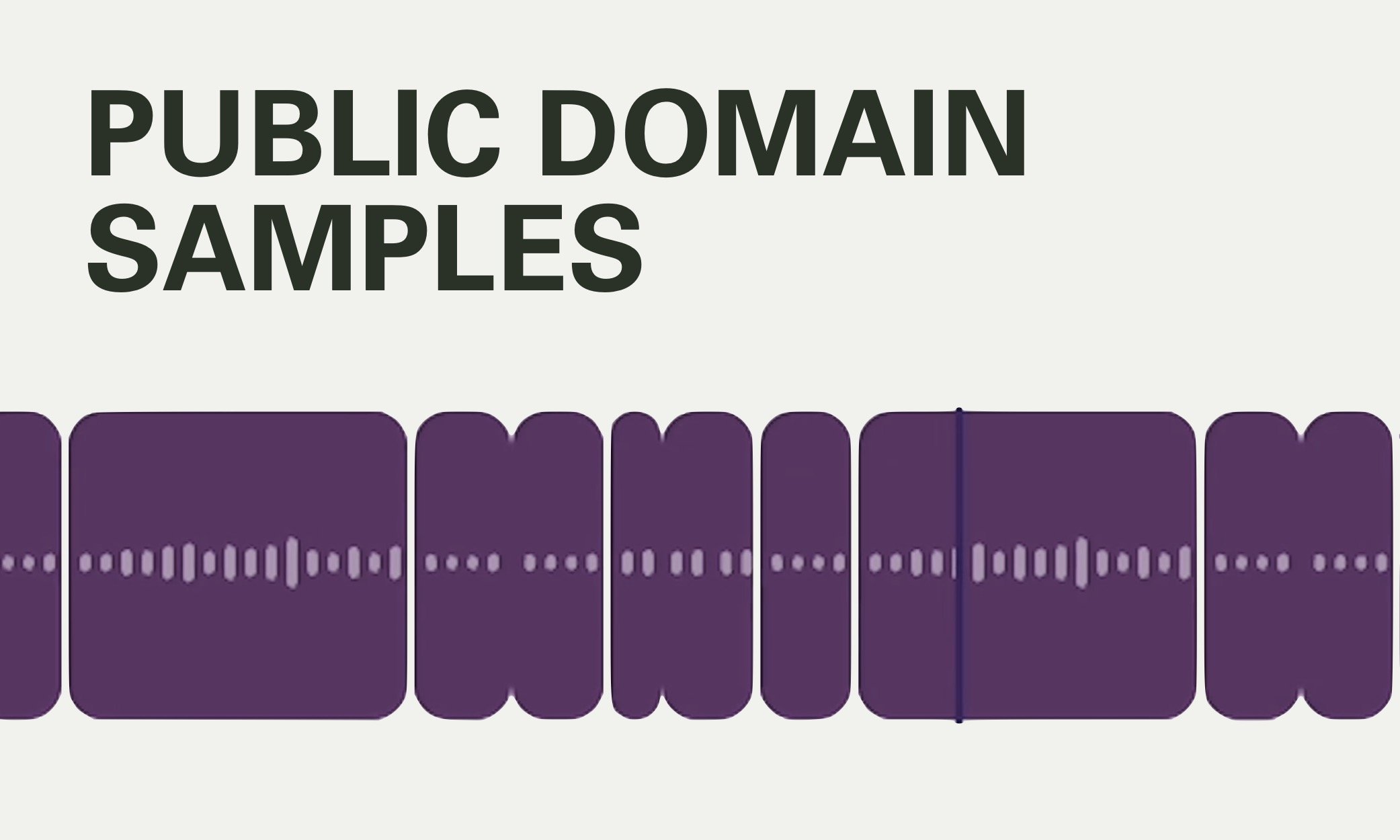REWIRE THEORY
CONTENTS
01 TIME
-
Pulse of the music. View the Lesson →
CONCEPTS
• Feeling the backbeat
• Counting in a meter of four
• Recording with a metronome -
Dividing the beat View the Lesson →
CONCEPTS
• Eighth note, eighth note triplet, sixteenth note, and sixteenth note triplet subdivision
• Hearing subdivision
• Improvising using subdivision syllables
• Mastering the divisions -
Reading symbolic notation View the Lesson →
CONCEPTS
• Reading beat maps
• Rhythmic dictation
• Recording an 808 kick bass rhythm -
Decoding time View the Lesson →
CONCEPTS
• Reading standard notation
• Rhythmic transcription
• Composing with standard notation -
Rhythmic Mastery View the Lesson →
CONCEPTS
• Identifying rhythmic groups by sight
• Practice strategies with a metronome
02 Drum grooves
-
Playing drum grooves View the Lesson →
CONCEPTS
• Playing key drums
• Reading different drum patterns
• Recording and quantizing a drum performance -
Conversational Drumming View the Lesson →
CONCEPTS
• Verbalizing drum patterns
• Improvising drum grooves
• Transcribing drum parts
• Writing & composing a groove
03 bass lines
-
Visualizing Theory View the Lesson →
CONCEPTS
• Drawing a piano keyboard
• Note identification
• Playing in the C pentascale position -
Seeing the changes View the Lesson →
CONCEPTS
• Chord & lyrics sheet to lead sheet conversion
• Playing bass to songs in C
• Harmonic rhythm dictation -
Linking the drums to the band View the Lesson →
CONCEPTS
• Rhythmic connection between the bass and the kick drum
• Write and record a drum groove and bass line over a prerecorded rap -
The Key To Music View the Lesson →
CONCEPTS
• Scale spelling through the circle of fourths
• Memorization methods
• Key Signatures
• Playing bass to songs using Roman Numerals -
Writing in the staff View the Lesson →
CONCEPTS
• Identifying notes in the bass clef staff
• Reading bass clef melodies
• Bass line transcription
• Bass line movement
• Bass line composition
04 chordal parts
-
Playing By Feel View the Lesson →
CONCEPTS
• Easy chordal playing in the key of C using shapes -
Chordal Character View the Lesson →
CONCEPTS
• Triad spelling parallel to the major scale
• Playing root position chords to pop tunes in different keys
• Major, minor, and diminished mastery activities
• Chord quality ear training -
Smooth Voice Leading View the Lesson →
CONCEPTS
• Chord inversion types
• Inversion worksheet
• Pop piano playing with voice leading
• Chord progression ear training -
Thinking In Numbers View the Lesson →
CONCEPTS
• Triad qualities in the scale
• Diatonic chord worksheet
• Playing chords with numbers
• Recording a cover song
• Progression ear training part two -
Harmonic Texture View the Lesson →
CONCEPTS
• Rhythmic roles of chordal instruments
• Comping improvisation
• Writing and recording drum, bass, and chords
• Chordal transcription -
Reading & Writing In Treble Clef View the Lesson →
CONCEPTS
• Treble clef note identification
• Visualizing triad inversions on the staff
• Key signature worksheet
• Inversions in a progression worksheet
• Composing chordal parts in notation
05 Melody
-
Tactile Melodies View the Lesson →
CONCEPTS
• Augmented notation
• Playing right hand melodies
• Writing melodies by ear -
Repetition, Syncopation, Space View the Lesson →
CONCEPTS
• Analyzing melodic rhythm worksheet
• Improvising melodic rhythms using the note C over a loop
• Writing a melodic rhythm for a spoken work performance -
Linking Melody To Chords View the Lesson →
CONCEPTS
• Chord tones and non chord tones
• Analyzing melodic pitch worksheet
• Writing and recording a drum groove, bass line, chordal part, and melody using voice leading -
Melodic Development View the Lesson →
CONCEPTS
• Motivic writing live score
• Question & answer phrase live score
• Harmonizing a melody live score
• Pop melody transcription
• Video game melodic compositions using notation over a backing track
06 Form & Finals
Songwriting Prompts & Resources
-
Song Structure View the Lesson →
CONCEPTS
• Verse chorus form
• Song form transcription
• Phrase & section counting
• Other song forms -
Culminating Activities View the Lesson →
PROJECTS
• Original Pop Song
• Pop Song Cover
• Pop Song Arrangement




